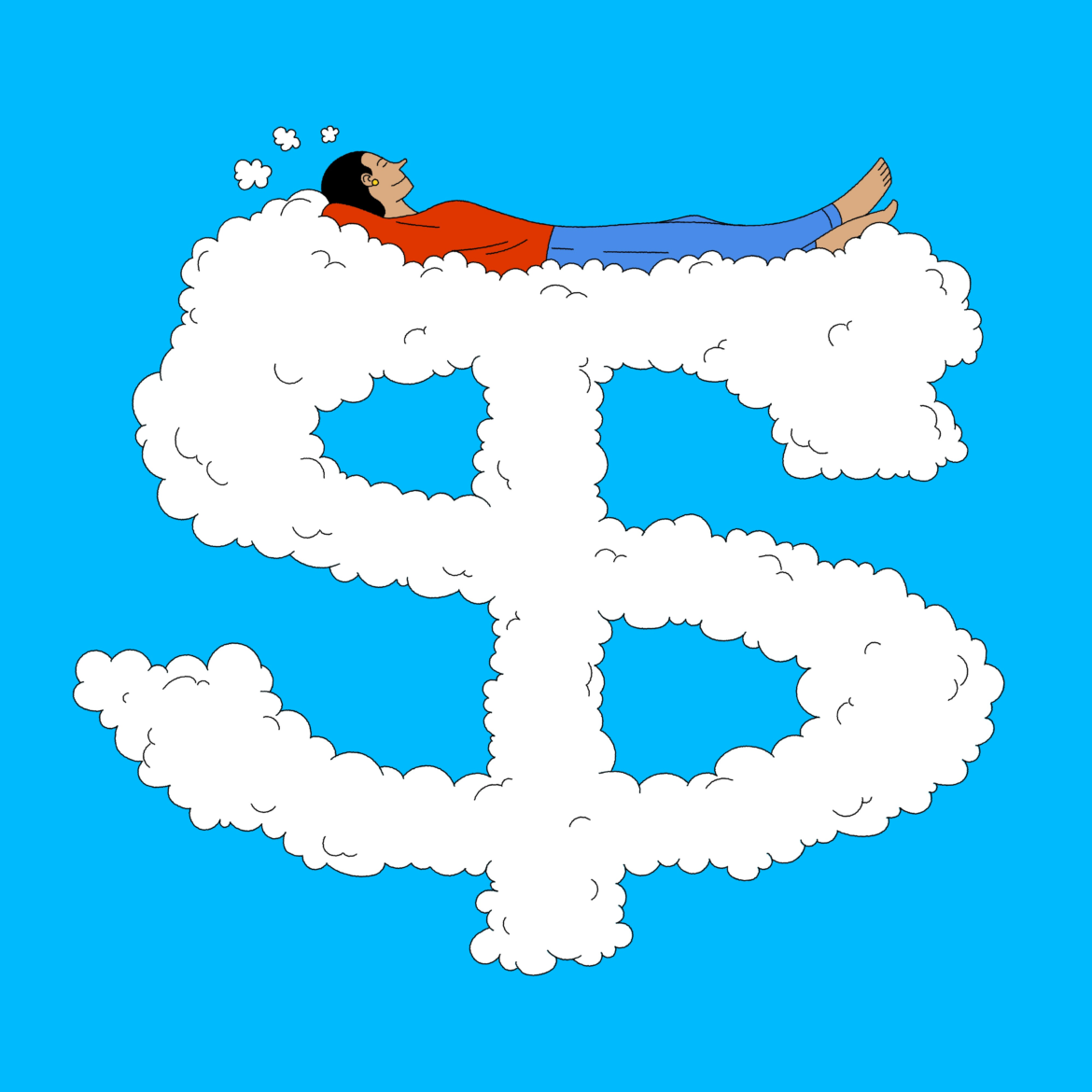Ireland just did something remarkable. After three years of giving 2,000 artists €325 a week — no strings attached, no paperwork, no surveillance — the government announced it’s making the program permanent. Not because politicians suddenly became art lovers. Because the accountants couldn’t argue with the numbers.
The pilot cost €105 million. But the actual net cost was only €72 million. The government got €33 million back through income taxes on the payments themselves, increased earnings from recipients, and reduced social welfare claims. Then they tallied the broader economic benefits — audience engagement with the arts, improved mental health, increased productivity — and found that every euro invested returned €1.39 to society.
Rising unemployment, AI slashing jobs
As unemployment climbs and AI steadily displaces workers across industries, we’re having the wrong conversation about basic income. We’re treating it like charity, like flushing money down a drain. The math tells a different story.
Here’s what most people miss: when you give someone a dollar, the government doesn’t actually lose a dollar. Not even close.
Start with the obvious. In Canada, that dollar gets taxed immediately as income. Depending on the bracket, the government recoups 15 to 30 cents right away. Then, when the recipient spends it — which people living paycheque to paycheque inevitably do — another five to 15 cents comes back through GST and provincial sales taxes.
But the real magic happens next. The person who receives that spending — the grocery clerk, the landlord, the mechanic — now has income to spend. They pay income tax. They buy things. More GST. More income tax. The dollar keeps moving, and every time it changes hands, the government gets a cut.
The multiplier effect
Economists call this the multiplier effect, and it’s not theoretical. In Kenya, researchers gave $1,000 cash transfers to more than 10,000 poor households across 653 villages. They tracked what happened. For every dollar delivered, $2.50 to $2.70 in additional spending or income materialized in the local economy. People started businesses. They hired workers. They bought from their neighbours. The money didn’t disappear — it multiplied.
The Canadian Parliamentary Budget Office reported this year that a federal basic income could slash poverty rates by up to 40 per cent. But here’s what the headlines missed: the actual fiscal cost would be substantially less than the sticker price, once you factor in reduced spending on emergency health care, criminal justice, homeless services, and the myriad expensive Band-Aids we currently apply to poverty.
During the pandemic, we gave people money. Lots of it. CERB payments, wage subsidies, direct transfers. The economy didn’t collapse. Instead, we saw what happens when people have enough: they pay rent, buy groceries, keep small businesses afloat. The multiplier worked exactly as predicted.
Yet mention basic income in a boardroom and watch the reaction. “Where will the money come from?” “Won’t people stop working?” These questions sound prudent. They’re really just fear dressed up as fiscal responsibility.
The work question deserves scrutiny. Ireland’s data showed recipients’ arts income increased by over €500 per month while non-arts work decreased by about €280. They didn’t stop working — they shifted to work that mattered. They took risks. They invested in training. They built things. The Manitoba “Mincome” experiment from the 1970s found that hospital visits dropped 8.5 per cent, with fewer workplace accidents and mental health crises. People worked slightly less, but they were healthier and more productive when they did.
Employees stretched and stressed
For HR leaders and business managers, this matters profoundly. You’re already dealing with the fallout from our current system: employees stretched thin by multiple jobs, burnout from constant financial stress, and people sticking around your payroll because they literally can’t afford to leave. While that sounds good for retention, it’s not good for the company overall. A better tactic would be to shift the employment relationship from “captive audience” to “mutual choice.”
Companies would need to compete not just on salary but on meaning, culture, and working conditions. Revolutionary? Perhaps. But also: what you’ve been saying you want all along.
The real cost of ignoring this conversation isn’t fiscal. It’s economic. When people can’t afford to take risks, innovation stalls. When they can’t retrain for new industries, productivity stagnates. When they’re trapped in survival mode, everyone loses.
Ireland proved that supporting artists isn’t just culturally valuable — it’s economically sound. The next question isn’t whether we can afford basic income. It’s whether we can afford not to try it, especially as automation accelerates and traditional employment contracts continue to erode.
The math changes everything. That dollar you give doesn’t vanish. It circulates. It generates tax revenue. It reduces other costs. It creates economic activity that employs other people who pay more taxes. By the time you trace it through the system, the government might have recouped 60 or 70 cents. Maybe more.
Critics will say Ireland’s program is too small to scale, that 2,000 artists in a wealthy nation don’t represent a real test. They’re half right. We need bigger experiments. But the preliminary evidence — from Ireland, Kenya, Manitoba, and a dozen other trials — points in the same direction.
Hidden costs of the status quo
The current system costs us plenty. We just hide the price in emergency room visits, social services, lost productivity, and human potential that never materializes. Basic income makes the cost visible and, paradoxically, potentially smaller.
Perhaps the real question isn’t about money at all. It’s about trust. Do we trust people to know what they need? Do we trust the economic multiplier to work as predicted? Do we trust that giving people a floor to stand on might actually be cheaper than catching them every time they fall?
Ireland’s accountants just voted yes.






